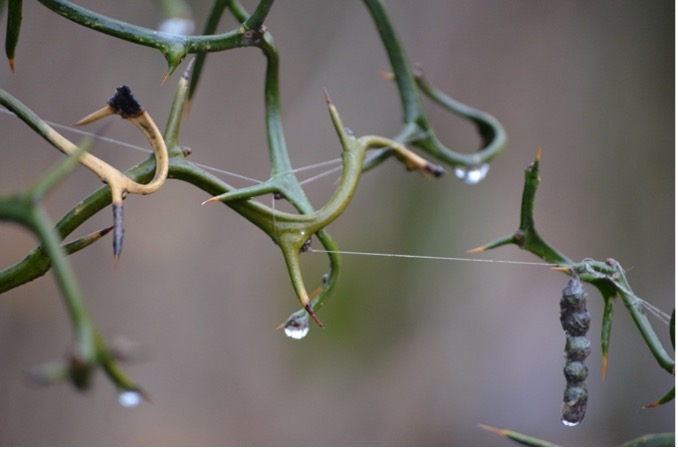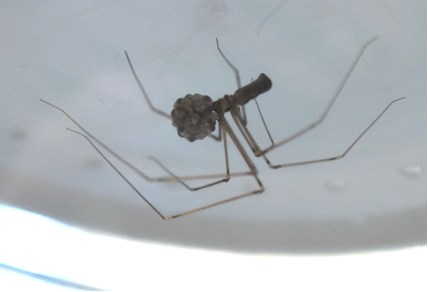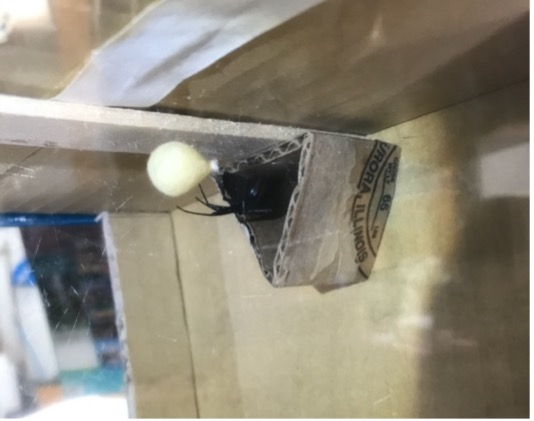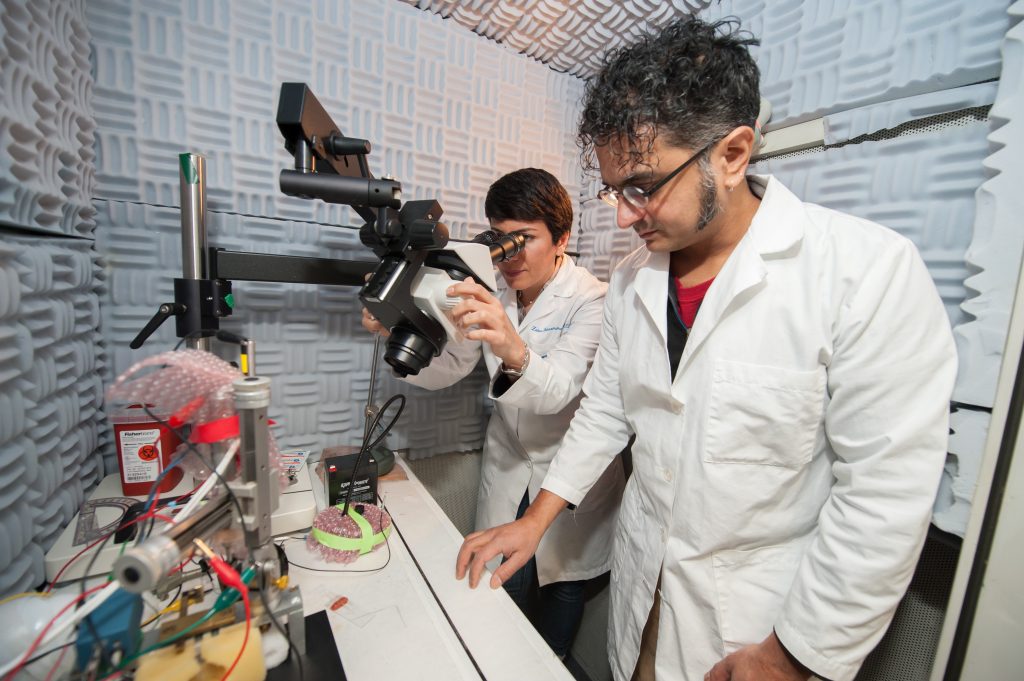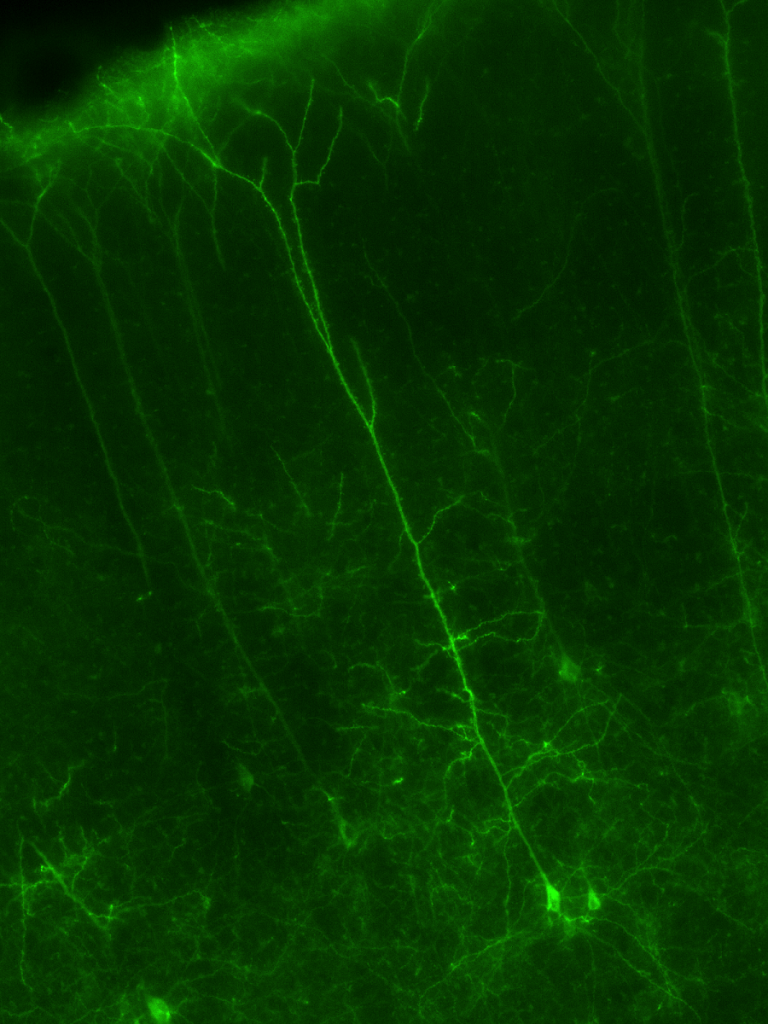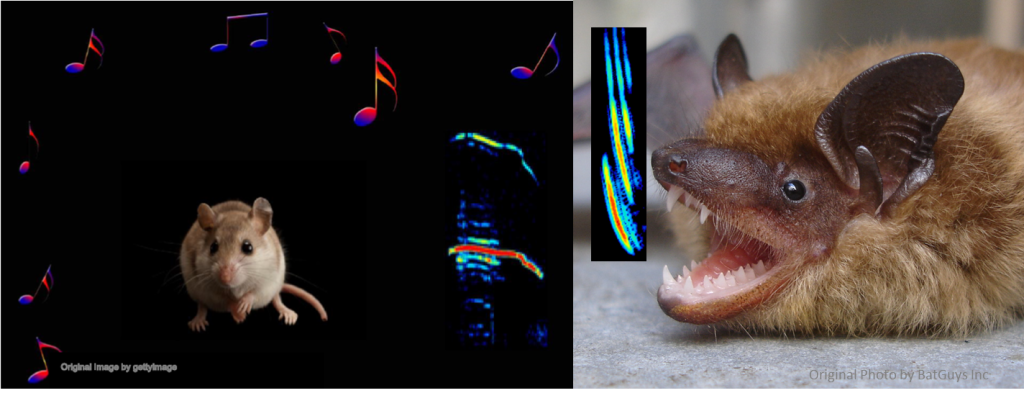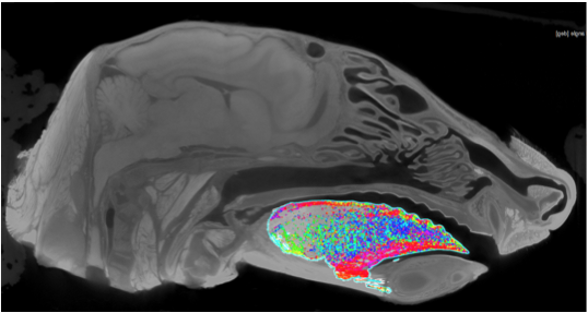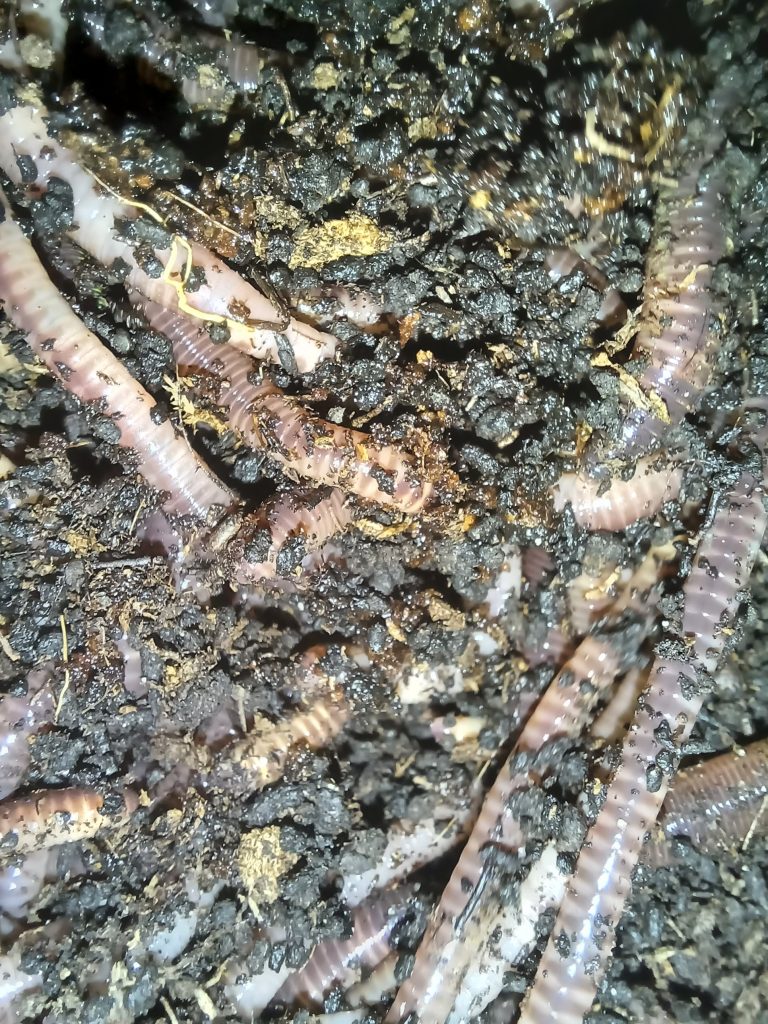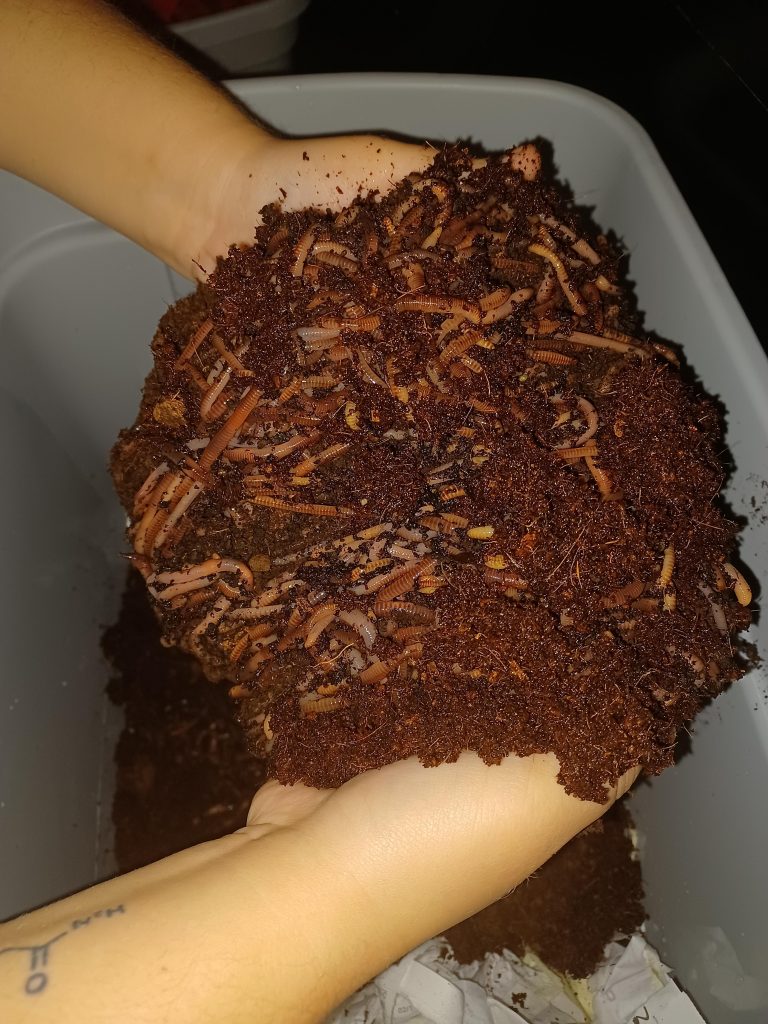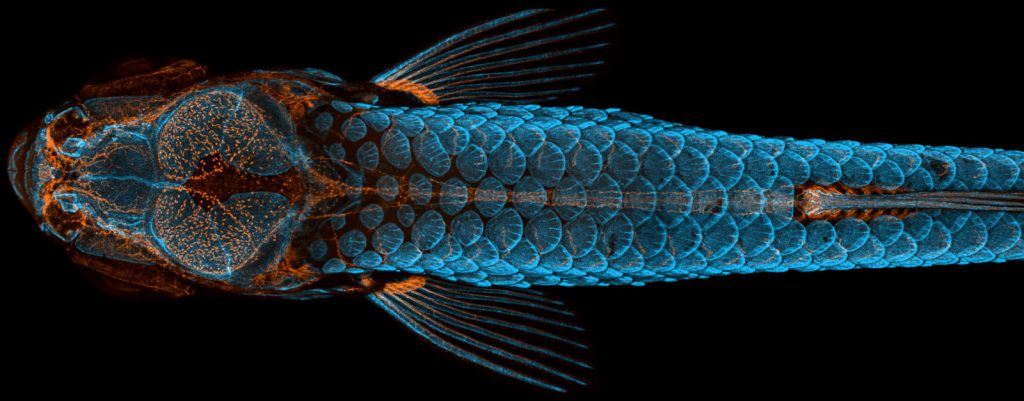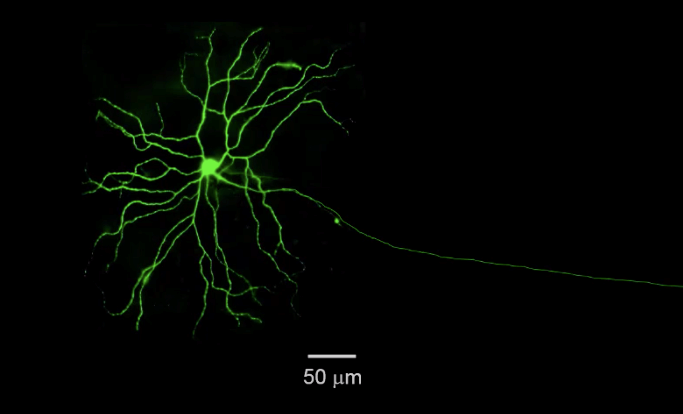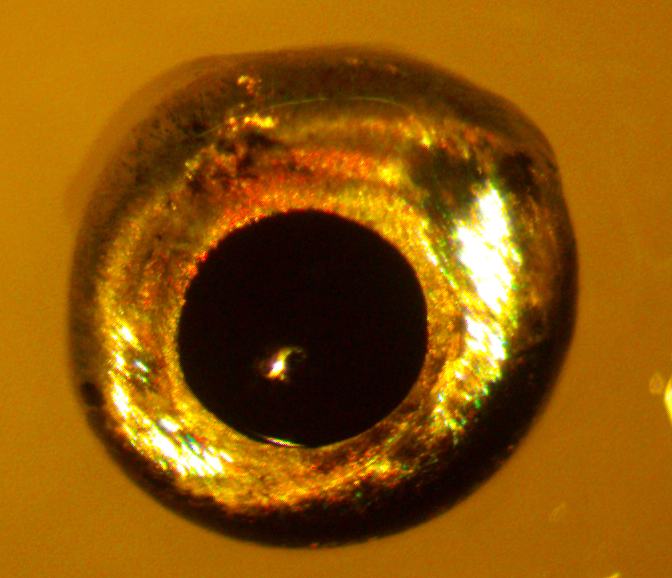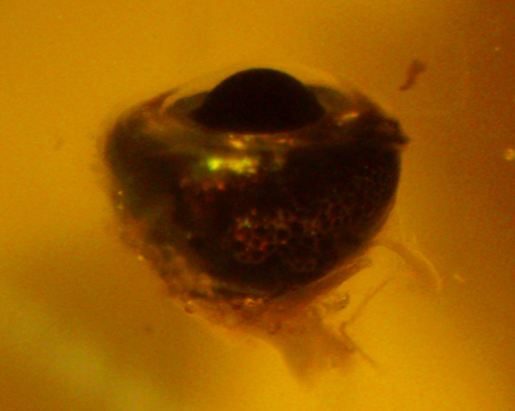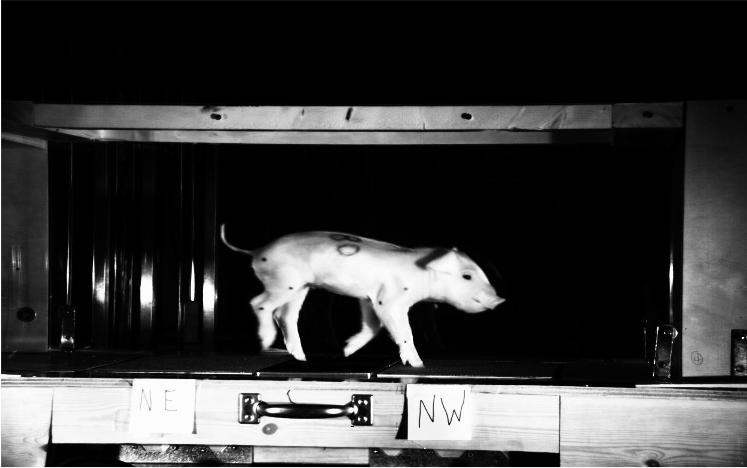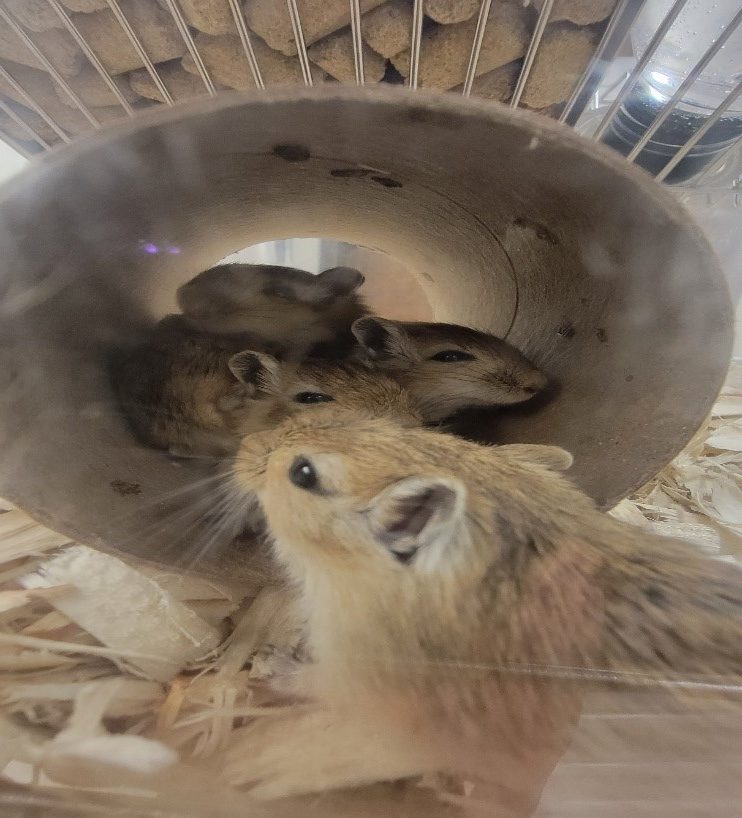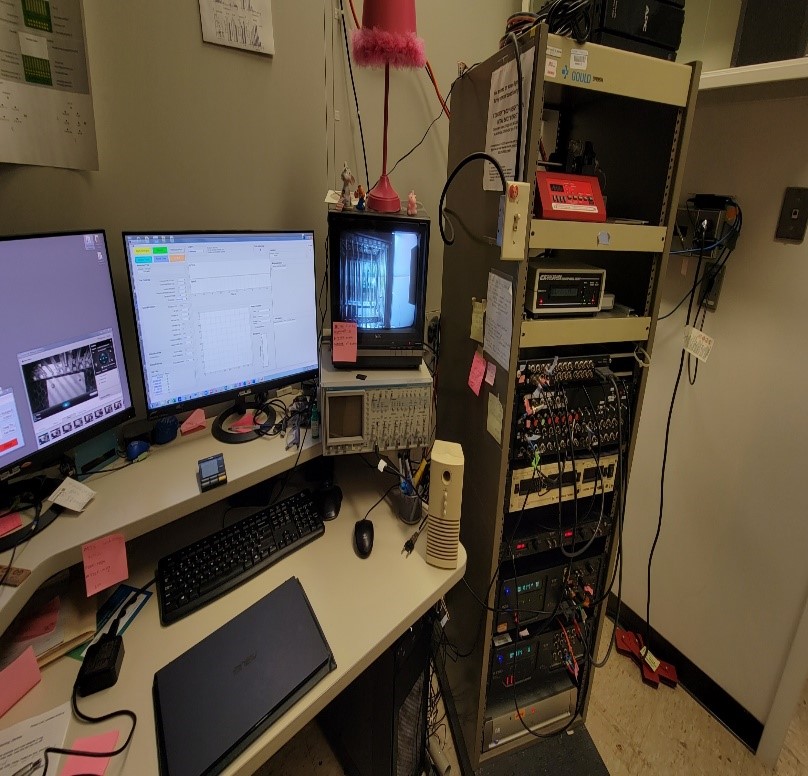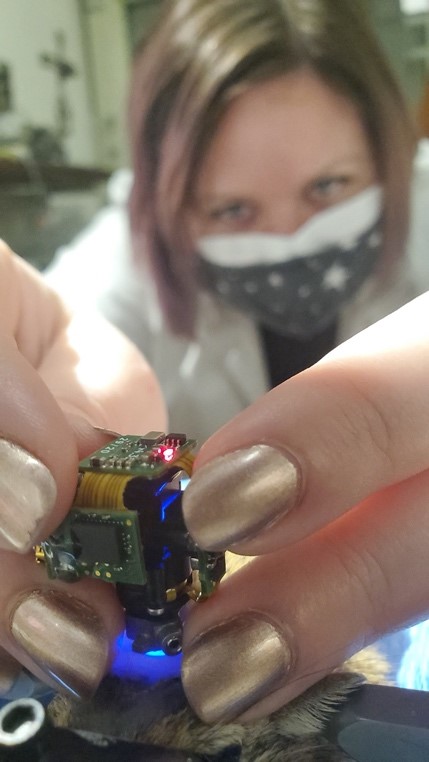[Past Projects]
Dr. Hazel Barton and George Breley
Research Area We study the interplay between the organic (microbes) and the inorganic (minerals) at the microscopic scale. Through a combination of metabolic and geochemical pathways, bacteria can initiate and influence mineral growth and/or decay. These processes are often influenced by cave climatology, creating extremely rare types of speleothems (calcium carbonate structures). Caves host a diverse range of microbial communities in close association with these speleothems, making these environments important sources of scientific discovery relating to mineralogy and geomicrobiology. We aim to investigate the mineralogy unusual speleothems collected from a remote cave and search for evidence of microbial influences in its formation. Current Project I am seeking a student interested in helping me investigate the mineralogical and microbiological aspects of cave-derived specimens using a combination of microscopy and geochemical techniques. Student will utilize a range of analysis techniques potentially including X-ray powder diffraction, Raman spectroscopy, and microscopy. Students will begin to gain a practical understanding of mineralogical research, develop a range of laboratory skills, and assist in planning and carrying out experiments.
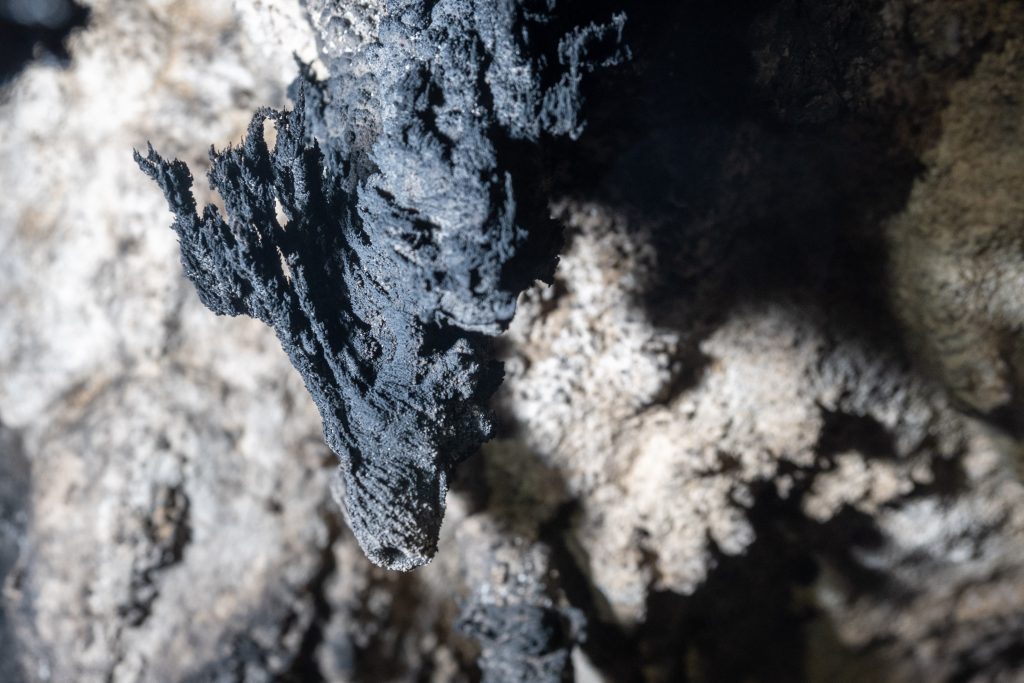
Click here for more information about Dr. Barton’s lab

